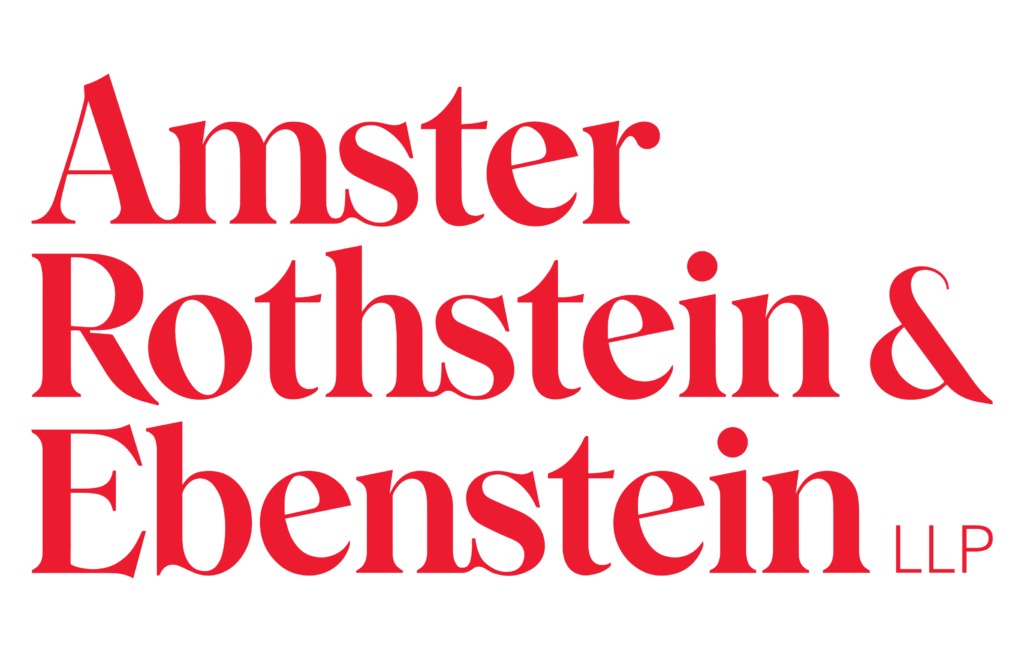In this Oxford University Press article by Charley Macedo, David Goldberg and Chloe Vizzone, which appeared in the Journal of Intellectual Property Law & Practice, the authors explore how the "US Supreme Court clarifies the scope of ‘defendant’s profits’ in trade mark matters in Dewberry Grp, Inc v Dewberry Eng’rs Inc, No. 23-900, 604 US 145 S Ct 681, slip op (26 February 2025)."
Extract
The Lanham Act provides plaintiffs in trademark infringement actions with multiple remedies ‘subject to the principles of equity’. These remedies include injunctive relief, which may be either preliminary or permanent, and monetary relief, including damages, costs, attorney fees, and, as are relevant here, defendant’s profits.
To recover defendant’s profits, a plaintiff need only prove defendant’s sales. The burden then shifts to defendant to prove any costs or deductions from that amount. As is explained in more detail later, the Act fails to define ‘defendant’, leaving it open to interpretation whose profits may be considered.
Additionally, the US legal system provides that ‘separately incorporated organizations are separate legal units with distinct legal rights and obligations’ regardless of affiliation by a common owner or some other relationship. The principle of corporate separateness is subject to limited exceptions. One such exception is the concept of ‘piercing the corporate veil’. This typically arises when a defendant corporation lacks sufficient assets to satisfy a plaintiff’s claims. By piercing the corporate veil, the owner of a corporation may become personally liable for wrongdoing by the corporation, thus increasing the recoverable assets.
